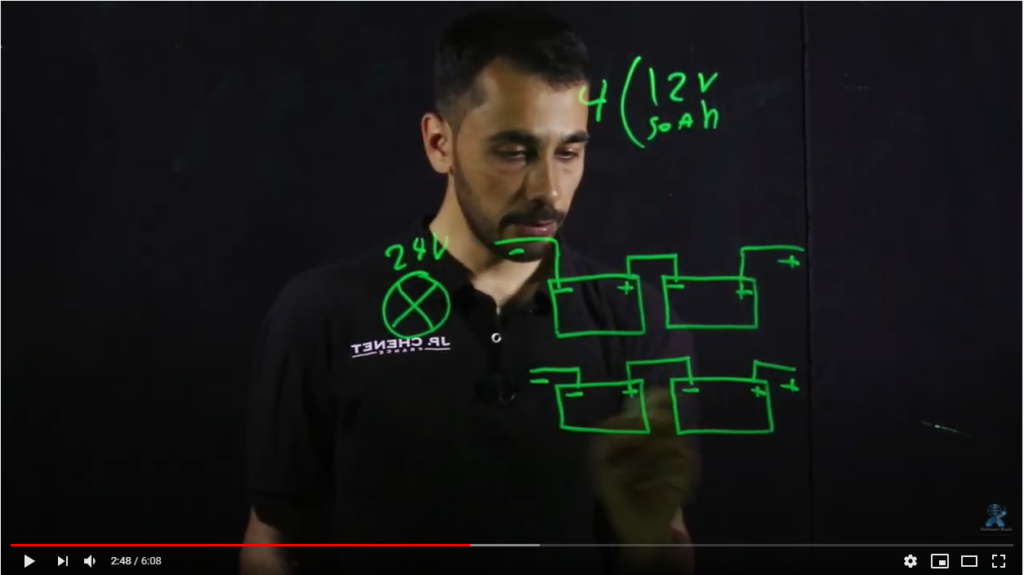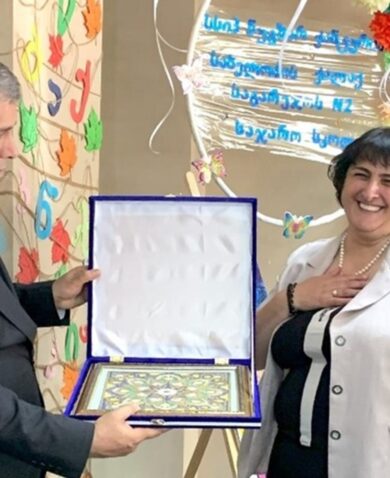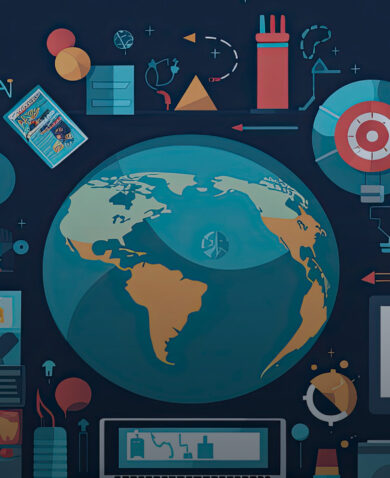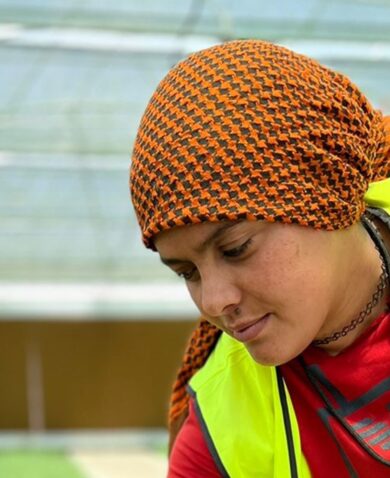
3 Questions with Mohammad Youssef: COVID-19, Technology, and Innovation
October 8, 2020 | 4 Minute ReadFormer professional techie and current Chemonics program director, Mohammed Youssef reflects on how international development practitioners can harness simple yet effective technologies to mitigate the effects of the pandemic and navigate new challenges to keep projects on track.
COVID-19 has forced the development community to pivot programming and innovate to bridge the physical divide that social distancing has imposed. Mohammad Youssef is the director of programs for the U.S. State Department-funded Injaz education project in Syria. In this blog, Mohammad reflects on new COVID-induced challenges, and how his background in IT has helped him lead the effort to continue delivering an education to some of Syria’s most vulnerable children.
On October 8 2020, Injaz and Mohammad’s Intranet System was awarded “Best in Show” in the Innovation Competition at SID-Washington’s 2020 Annual Conference.
You haven’t always worked as a project manager – you came to Chemonics as an IT security specialist. Tell us why you joined Chemonics and how your career ended up taking a new direction.
I wouldn’t say it has been a career journey. It is more a life journey. As a Syrian, I’m motivated to engage with the conflict in my country in a positive way. I decided that the best way I can change people’s lives and support them through this crisis is by working in development.
To start with, I worked as an IT security specialist. IT security is critical in a development setting. I used to work on a project based in a sensitive and high-risk environment, where poor cyber-security can put people in danger.
After a year, I soon started to feel that I could make a more significant impact if I changed roles. I wanted to shape the projects I was working on. I enjoyed supporting the project staff and helping to keep everyone safe, but I was keen to help lead them and develop real solutions for vulnerable communities in Syria. I had the knowledge and skills: I came to Chemonics with 10 years of project management experience in technology, as well as experience in humanitarian work and volunteering. I wanted to put this to use.
The COVID-19 pandemic has forced humanitarian projects around the world to adapt quickly. How has the Injaz program responded to these challenges?
COVID-19 has forced every single worker and organization around the world to transform the way they work and to become comfortable with operating digitally. Our Injaz team were very responsive and moved quickly to develop more than ten different solutions to the problems that COVID-19 posed to our program. Not everything worked well, and nor was everything approved, but we ended up with several useful innovations.
For example, we developed an intranet network, or ‘Private Cloud’, that connects communities in internally displaced people (IDP) camps to each other, and children to their teachers, so they could continue to learn remotely without internet. The simple intranet system was built using affordable and open-source technologies. It is very easy to replicate and could be applied to other fragile and challenging contexts in Syria and across the globe. It is a simple system but one that has allowed us to keep delivering an education to the vulnerable children in the IDP camps. Even people who are unfamiliar with technology have proved able to learn and adapt to the challenges involved with setting it up.
We also started to provide online classes to young people in rural communities. This hard-to-reach group now has access to vocational training in 11 different subjects that have been identified as priorities by an assessment of the local jobs market. The courses vary from dairy production to mobile phone maintenance, as it is important to give people a choice.
Training teachers to film eye-catching lessons has been key to the success of the education we are delivering online. They are now comfortable using different tools and techniques, like ‘lightboards’, to help engage young people who formerly received an in-person education. The teacher can stand behind the lightboard, meaning they don’t obscure what they are writing from the camera. It also means the viewer can see their teacher, so they can be more expressive when delivering the lesson online. It is a brilliant way of keeping students focused on the lesson while maintaining a level of interpersonal communication between them and their teacher.
You are somebody that understands technology. How have you harnessed this knowledge working in international development? What advice would you share with humanitarians looking to use technology?
When we start a new project, we focus on assessment and capturing large amounts of data to inform decision-making. We gather data to assess the effectiveness of our work and focus on presenting data in ways that are useful to staff that deliver the project and inform donors and the communities we serve about our work. Planning with data is essential if you want to navigate the many challenges that humanitarian work presents and to find a balance between large needs and limited resources.
As development actors, we need to be agile with our data. I worked on a project providing stipends for hundreds of workers, meaning we had vast amounts of information to keep track of, information that needed to be regularly accessed and edited. One of the first things we did was create an extensive central database to guarantee we captured everything. The database allowed us to quickly fine-tune our budget, making sure that everyone was paid on time. Late payment can sometimes cause delays to development work, so this meant we were able to keep everything running smoothly.
Data is essential for planning and monitoring the progress the project is making. You need it to be able to validate your ideas so that you aren’t just acting on gut feeling. We were among the first organizations in Syria to collect data to identify which schools were most in need of assistance, helping us maximize the impact of our work before it began.
My advice to other humanitarians is that you should always have a dedicated person in charge of technology and information management. It is like having an accountant in control of your finances – it shows you are dealing with data and technology in a thoughtful and considered way. If you want to leverage technology properly, a data expert must be a part of your team. This is true in the corporate world and is true in the development space.
Posts on the blog represent the views of the authors and do not necessarily represent the views of Chemonics.
*Banner image caption: An Injaz project worker sets up the intranet system in a Syrian IDP camp.
































